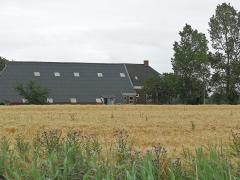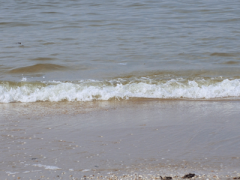Mariculture: significant and expanding cause of coastal nutrient enrichment
Mariculture (marine aquaculture) generates nutrient waste either through the excretion by the reared organisms, or through direct enrichment by, or remineralization of, externally applied feed inputs. Importantly, the waste from fish or shellfish cannot easily be managed, as most is in dissolved form and released directly to the aquatic environment.
Increasing nutrient loads
The release of dissolved and particulate nutrients by intensive mariculture results in increasing nutrient loads (finfish and crustaceans), and changes in nutrient stoichiometry (all mariculture types). Based on different scenarios, we project that nutrients from mariculture will increase up to six fold by 2050 with exceedance of the nutrient assimilative capacity in parts of the world where mariculture growth is already rapid. Increasing nutrient loads and altered nutrient forms (increased availability of reduced relative to oxidized forms of nitrogen) and/or stoichiometric proportions (altered nitrogen:phosphorus ratios) may promote an increase in harmful algal blooms (HABs) either directly or via stimulation of algae on which mixotrophic HABs may feed. HABs can kill or intoxicate the mariculture product with severe economic losses, and can increase risks to human health.
Authors
Specifications
- Publication title
- Mariculture: significant and expanding cause of coastal nutrient enrichment
- Publication date
- 7 November 2013
- Publication type
- Publication
- Magazine
- Environmental Research Letters 8 (2013)
- Product number
- 1702




